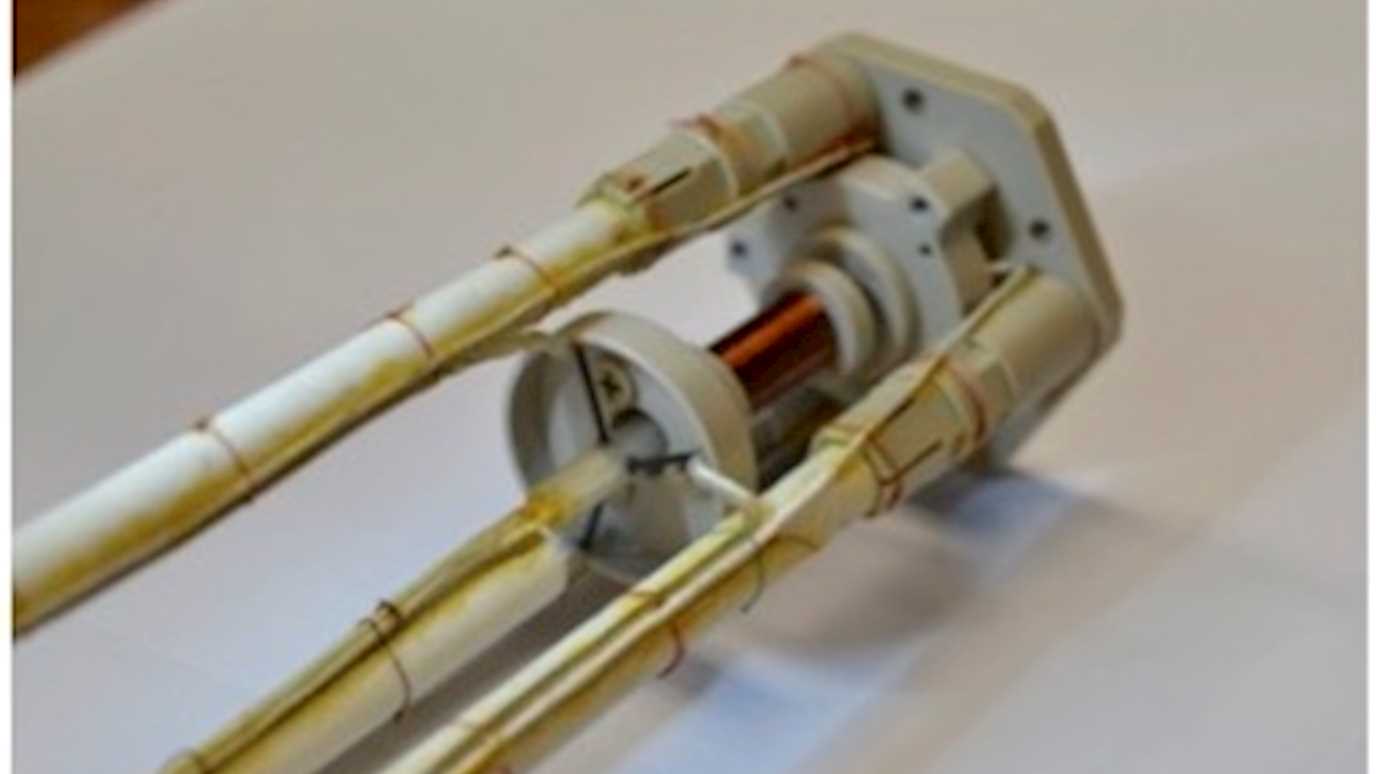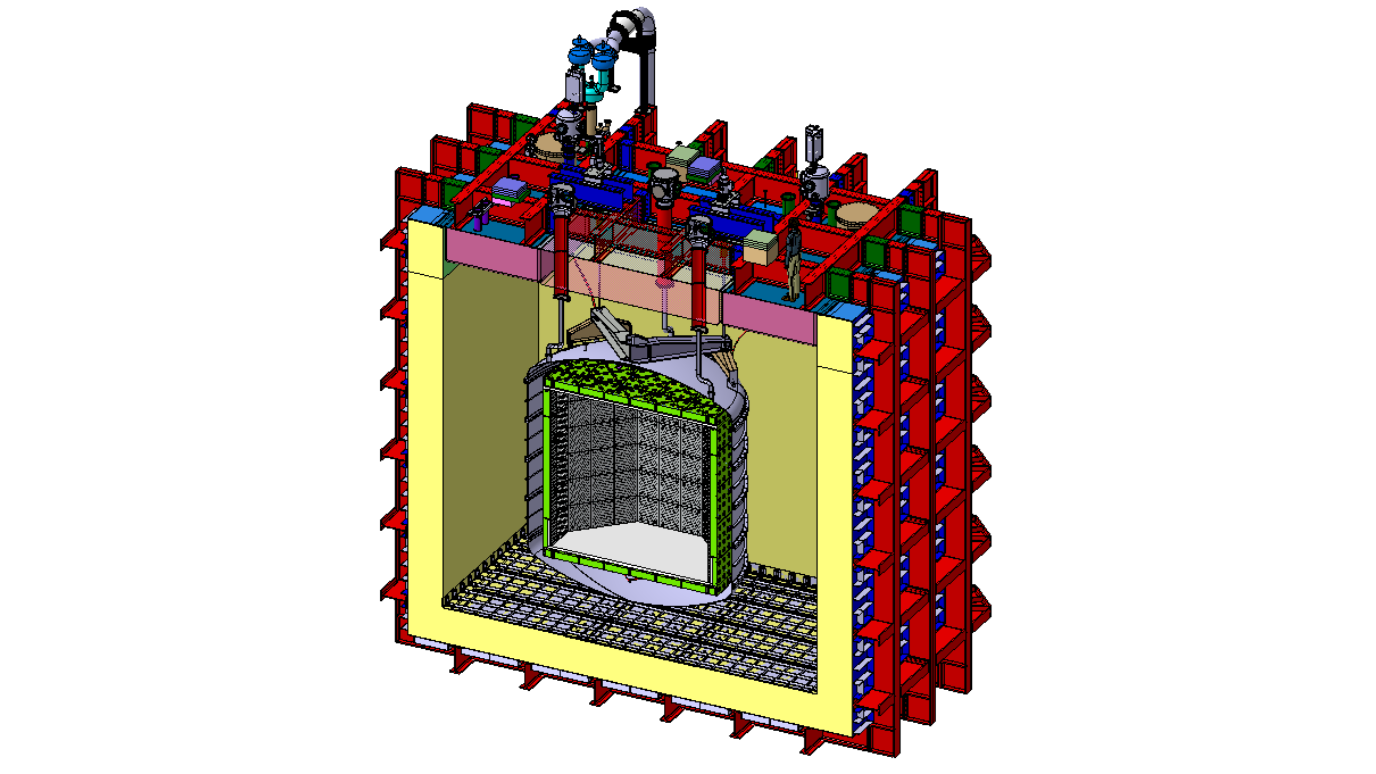Dr. Femke Bangma (High Field Magnet Laboratory, Nijmegen, Netherlands)
Many strongly correlated electron systems develop ordered phases at low temperatures that can be well understood in terms of an electronic order parameter. At ultra-low temperatures, however, the (hyperfine) interaction between nuclei and electrons becomes increasingly important, and we have to consider how this affects ordered phases and phase transitions close to zero temperature.
PrOs4Sb12 is a superconductor below 1.85 K and 2.2 T, and develops antiferroquadrupolar (AFQ) order in magnetic fields between ~4 T and 14 T. The AFQ phase boundaries terminate in quantum critical points. The hyperfine constant of Pr is relatively large at 52 mK. This combination of properties makes PrOs4Sb12 an ideal material to study the effects of the hyperfine interaction on ordered phases.
In this talk I will describe magnetic susceptibility experiments performed at the London Low Temperature Laboratory to study the phase diagram of PrOs4Sb12. A big part of the project involved designing, building and testing the susceptibility set-up, such that it was suitable for the extreme environment of temperatures down to 1 mK and magnetic fields up to 5.4 T (Fig. 1). We found that the phase boundaries in PrOs4Sb12 continuously develop down to temperatures as low as a few mK, indicating that the hyperfine interaction in this material suppresses superconductivity and enhances AFQ order.
We explain our results in terms of a ground state composed of hybrid nuclear-electronic states. That is, the low temperature Pr energy levels can no longer be considered as purely electronic entities, but must be described in terms of both electron and nuclear quantum numbers. Thus, hybrid nuclear-electronic order develops with novel low energy excitations.
Fig. caption: Custom set-up used for ultra-low temperature magnetic susceptibility measurements at Royal Holloway.























